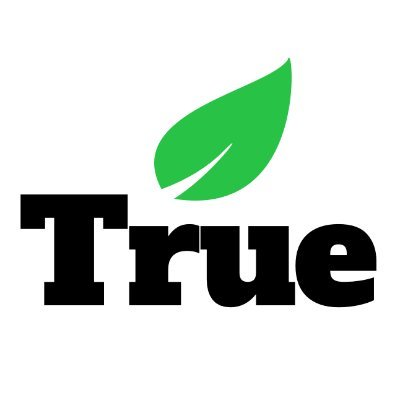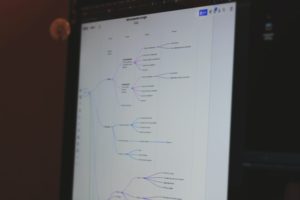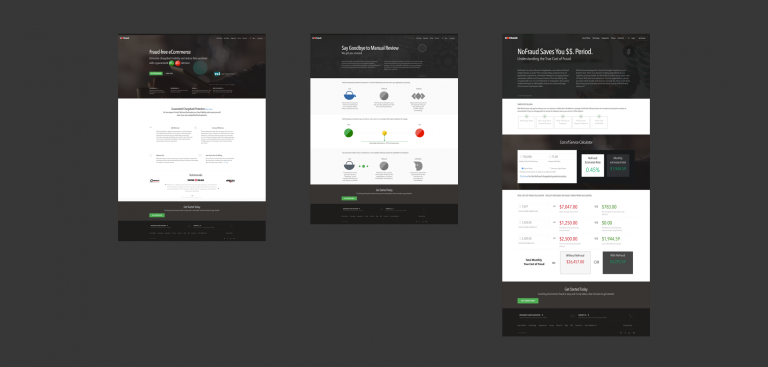The NCAA Division 1 Men’s Basketball Tournament is unlike any other event in sports. Widely known as March Madness, the 68 team single-elimination tournament has become one of the most famous annual sporting events in the United States. The unpredictability and excitement of each game draws millions of viewers each year. Experts and fans are amazed by the improbable victories of smaller schools over traditional powerhouses (2018 marked the first year a number 16 seed defeated a number 1 seed). However, advances in modern computing have uncovered new patterns and insights to make informed predictions on games.
In Comes Google!
At the end 2017, The NCAA announced Google Cloud as its official cloud provider. Additionally, the NCAA agreed to migrate 80 years’ worth of competition data across to the Google Cloud. This partnership recognized Google Cloud as the official cloud sponsor of the NCAA Tournament and provides analytics and machine learning tools for interested fans and bracket makers. These platforms are highly efficient and will analyze NCAA competition data that will allow fans to search, compare, and analyze team and player statistics.
Practical Value
Traditional basketball statistics (Three-point percentage, free-throw percentage, point differential, etc.) are normally used to determine outcomes and the strengths of individual teams. However, these statistics fail to incorporate historical trends that could be crucial to win your bracket pool. Google Cloud’s data integration uncovered new insights that go beyond the boxscore such as:
• Teams wearing blue have the most Final Four appearances
• PAC-12 teams are best at winning tight games.
• Teams with cat mascots have caused the most upsets.
Machine Learning
The first round of the NCAA tournament is very unpredictable as only 164 of the 18.8 million brackets on ESPN.com were perfect after round one in 2017. A competition hosted by the NCAA and Google Cloud challenged participants to build and train machine learning models to forecast the outcome of games. While still new to the market, machine learning models have predicted these games with relative success. Data scientist’s at MarketWatch used statistics from all the first round teams from 2001-2017 to develop a machine learning algorithm. When they tested the algorithms with the 2017 first round data, it had a 75% success rate.
Summary
While machine learning and data analytics are not immune to error, the ability to analyze and identify patterns in large datasets provides a unique opportunity for businesses and individuals to uncover new and valuable insights.
Synaptik, True Interaction’s Data Management and Machine Learning platform makes it easy to connect with, or build classical statistical models, custom machine learning models, algorithms, and even neural nets to boost your workflow with automated analytics. For more information or a demo, please visit us at https://synaptik.co/ or email us at hello@www.true.design







